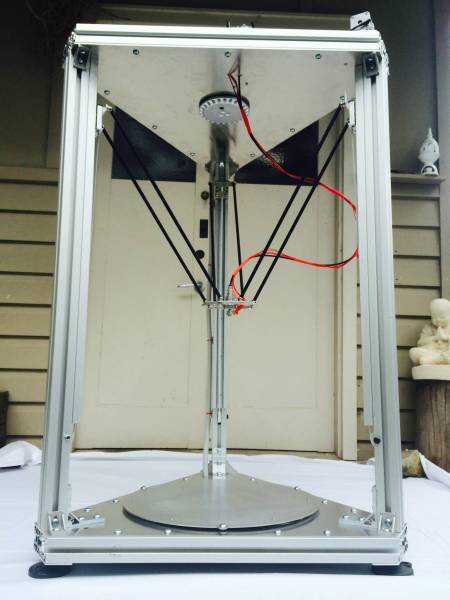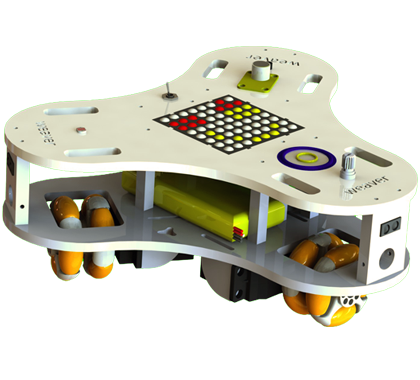Guest Post: Martin Pasquier If you were waiting for a sign that China has changed and is an amazing...
Maker Faire
Meet the team from CREATE – The UNSW Club for Making Things. These guys are the most entrepreneurial...
Meet the Metaltree 3D Printer maker Jason Crowe. At 1.2m high this is the biggest 3D printer...
The guys from OpenROV had their underwater explorer on display along with some videos of how it...
Full disclosure: I have had the pleasure of working with the maker Fernando Vega for a year, after...




